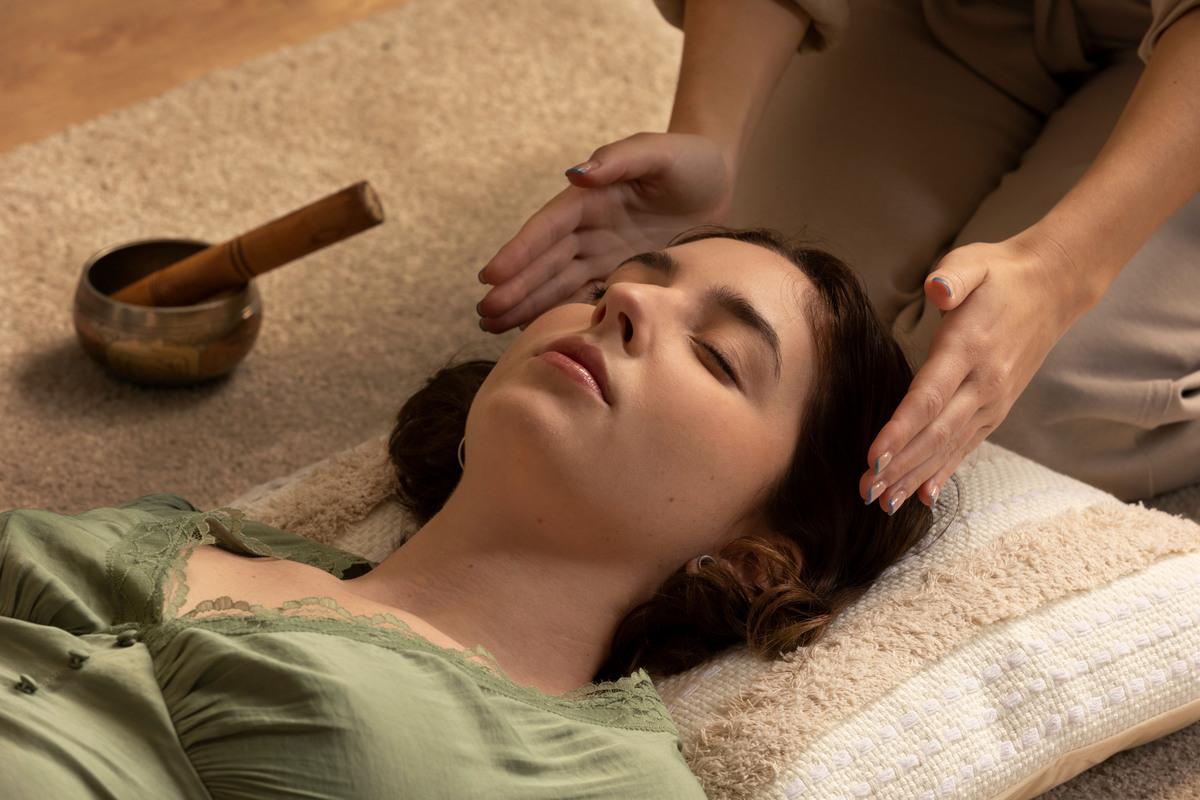Building Trust in Therapeutic Wellness Sessions

In today’s fast-paced world, therapeutic wellness sessions offer more than just physical relief—they provide emotional grounding, human connection, and a moment of peace. Yet none of these benefits can truly be experienced unless one essential element is in place: trust.
Trust is not just an emotional add-on—it is the foundation upon which all effective wellness practices are built. Whether the session involves energy work, massage, or a holistic combination of techniques, clients must feel safe, understood, and respected. When trust is present, the body relaxes, the mind opens, and healing begins.
Creating a Safe and Comforting Environment
Building trust starts with the atmosphere. From the moment a client walks in, the space should reflect warmth, discretion, and safety. Low lighting, calming music, clean linens, and an uncluttered setting help clients shed the stress they carry with them.
But the physical setting is only half the picture. The therapist’s presence—calm, attentive, and grounded—can immediately put a client at ease. A warm greeting, mindful eye contact, and a respectful tone of voice set the foundation for a session where boundaries are honoured and preferences are heard.
Many clients arrive at wellness sessions feeling vulnerable—physically, emotionally, or both. That’s why creating a nurturing, judgment-free environment is the first step to building genuine trust.
The Role of Intuition and Empathy
No two bodies—or people—are the same. Effective therapeutic work isn’t just about applying technique; it’s about reading subtle cues, responding to energy shifts, and offering a space where healing happens at the client’s pace.
This is especially true when the therapist possesses intuitive sensitivity. A skilled female massage therapist, for instance, often brings an innate emotional awareness to the table—able to sense when to slow down, shift energy, or simply offer silence.
Empathy is key. Clients may not always voice their needs, so it’s the therapist’s role to listen through more than words—tuning into posture, breathing, and subtle movements. This ability to adapt and respond mindfully can transform a standard session into something truly profound.
Consent, Communication, and Boundaries
Clear communication is one of the most powerful tools for building trust. From the very beginning, clients should be encouraged to express their needs, limits, and expectations. Whether it’s the level of pressure during a massage or the areas of the body to avoid, every detail matters.
In turn, the therapist must continually check in—not just at the start, but throughout the session. Respectful inquiries like “Is this pressure okay?” or “Would you prefer more or less contact?” empower the client to remain in control of their experience.
Boundaries are essential in all wellness practices, but especially in bodywork that involves close physical contact. By upholding these boundaries consistently and without exception, a therapist reinforces their respect for the client’s safety and autonomy.
Clients who work with a trusted female massage therapist often report feeling more at ease in sessions because their boundaries are respected, not negotiated. This sense of control is what allows clients to fully let go.
Trust and Emotional Healing
Therapeutic wellness isn’t only about muscles, joints, or energy points. It’s also about emotional release. Touch—when applied with respect and intention—can unlock deep-seated tension that the body has held onto for years. For some, sessions may bring up unexpected emotions: tears, memories, or a sense of release.
In these moments, a therapist’s nonjudgmental presence becomes a pillar of support. Knowing that emotions are welcome—not dismissed—further deepens the trust between therapist and client. A safe space becomes a sacred one, where healing happens on multiple levels.
This is particularly true for clients who have experienced trauma. A trauma-informed approach to therapy—marked by consent, transparency, and emotional support—ensures that clients are never pushed beyond their limits. Here, healing becomes a collaborative journey, not a prescribed treatment.
Building Long-Term Therapeutic Relationships
Trust isn’t a one-time achievement. It’s built session by session, through consistency, reliability, and presence. When clients return to the same therapist over time, they’re not just seeking technique—they’re returning to someone they trust.
Long-term wellness relationships are marked by growth, mutual understanding, and evolving goals. A trusted therapist knows their client’s history, preferences, and boundaries, allowing for deeper, more intuitive work. Clients, in turn, feel safe to explore new modalities or open up emotionally.
The result? More effective sessions, stronger outcomes, and a greater sense of overall wellbeing.
Conclusion
Therapeutic wellness is about more than touch—it’s about connection. Trust allows clients to relax into the moment, release what no longer serves them, and reconnect with their own bodies. For therapists, it’s not just about delivering a service—it’s about holding space for someone’s healing journey.
Whether it’s your first session or your fiftieth, trust remains the foundation of every meaningful therapeutic experience. And when trust is present, the benefits go far beyond the massage table—they ripple out into daily life, relationships, and self-worth.







